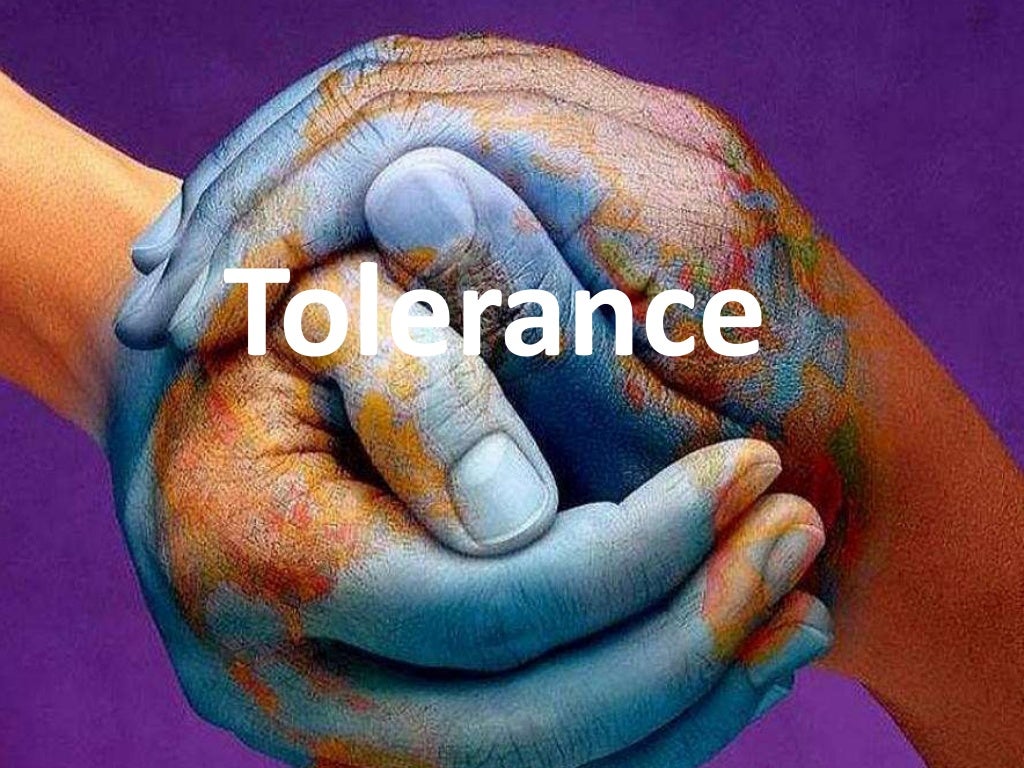Tolerance in the realm of measuring instruments is an essential concept that encapsulates the inherent limitations and acceptable deviations within systems designed to quantify physical quantities. This article elucidates the multifaceted dimensions of tolerance, its significance in diverse scientific fields, and provides insight into the underlying principles that contribute to its critical role in measurement accuracy and reliability.
At its core, tolerance refers to the permissible range of variation in a measurement, dictating the extent to which a measured value may deviate from the true value without the measurement being deemed erroneous. This parameter is intrinsically linked to the design and calibration of measuring instruments, fundamentally shaping their functionality. Understanding tolerance not only aids in improving the precision of measurements but also fosters trust in the data produced across various domains, including engineering, physics, and metrology.
The establishment of tolerance begins with the concepts of accuracy and precision. Accuracy denotes the degree of closeness of a measured value to the true value, whereas precision reflects the consistency of repeated measurements. These two elements, when analyzed alongside tolerance, create a holistic view of the constraints within which a measuring instrument operates. A high level of accuracy paired with an optimal tolerance indicates that measurements generated are both reliable and credible.
There are various types of tolerances that can be applied to measuring instruments. For instance, there exists a distinction between random errors and systematic errors, each requiring different considerations of tolerance. Random errors arise from unpredictable fluctuations within the measurement process, whereas systematic errors stem from identifiable biases in measurement techniques or calibration. Tolerance encapsulates the anticipated limitations imposed by these errors, guiding users in interpreting measurement results with due caution.
In practice, the determination of tolerance necessitates rigorous calibration protocols, wherein measuring instruments undergo systematic testing against known standards. Calibration not only facilitates the identification and rectification of discrepancies but also aids in establishing a baseline for acceptable tolerances. This process is particularly significant in fields such as medical diagnostics, where precise measurements can mean the difference between accurate patient assessments and potentially life-threatening misdiagnoses.
The application of tolerance extends beyond mere numbers; it delves into the philosophical realm of measurement theory. The act of measurement is an interplay between the observer and the observed, and as such, it is influenced by the observer’s tools—the measuring instruments at hand. The fascination with tolerance lies in its ability to quantify uncertainty, of capturing the very essence of human endeavor in the pursuit of reliable knowledge. In an age where data underpins countless innovations, establishing the boundaries of tolerance assumes heightened significance.
Furthermore, the implications of tolerance reverberate through quality control processes in manufacturing. An industry that embodies this concept is aerospace, where every component must adhere to strictly defined tolerances to ensure overall safety and functionality. An inadequately calibrated instrument could yield deviations resulting in catastrophic failures. The intersection of technology and human oversight necessitates a culture of awareness regarding tolerances; this is vital in cultivating an environment where quantifiable precision is paramount.
In addition to the sectors mentioned, tolerance plays a pivotal role in the historical development of scientific measurement units. The evolution of units—from the meter to the second—was paved with an understanding of tolerances that originated in the scientific discourse of the past centuries. By adopting standardized tolerances, scientists have maintained coherence in their measurements, thereby advancing collective knowledge significantly. This historical context evokes a sense of reverence for the tradition of measurement, illuminating the journey from rudimentary methods to sophisticated technologies that characterize modern science.
Moreover, the contemporary discourse surrounding the digitalization of measurement instruments reveals another layer of complexity regarding tolerance. Digital devices often present data with a level of precision that obscures the underlying tolerances, leading to potential misinterpretations. While the allure of digits may give an impression of infallibility, it is imperative to recognize that even these advanced instruments have predetermined tolerances that warrant scrutiny. Thus, fostering a discerning mindset when engaging with technological innovations in measurement is crucial.
To encapsulate the discussions surrounding tolerance, it can be posited that understanding and applying this concept is indispensable in all scientific endeavors. Tolerance not only governs the reliability of instruments but also underpins the very foundation of subsequent interpretations, hypotheses, and conclusions drawn from gathered data. This interplay invites a deeper appreciation for measurement itself—an intricate dance between precision, accuracy, and the thoughtful consideration of limitations.
In conclusion, tolerance in measuring instruments is far more than a numerical value; it is a profound reflection of the interplay between human ingenuity and the immutable laws of nature. Acknowledging the nuances of tolerance empowers scientists and practitioners alike to navigate the complexities of measurements with an acute awareness of the limits of their instruments. This awareness cultivates a landscape where accuracy is revered, trust in data is reinforced, and the pursuit of knowledge is conducted with rigor and responsibility, ultimately leading to advancements that shape the future.










